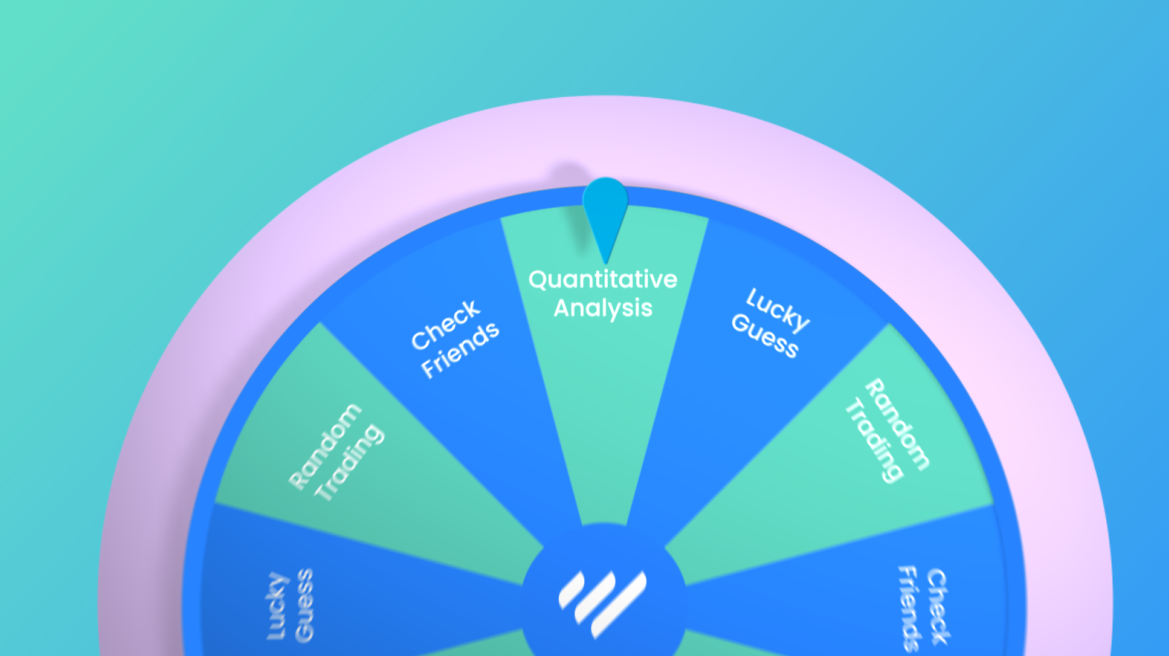
What is quantitative analysis in the stock market?

If you have begun researching the stock market and where to invest your portfolio, chances are you have encountered a few key phrases, such as “qualitative analysis” and “quantitative analysis”.
What do they mean? It’s all in the name.
While qualitative analysis focuses on specific variables like the structure of a company, its strengths and weaknesses, and what kind of management team it has working for it, quantitative analysis works with different factors.
In finance, quantitative analysis (or QA for short) works with mathematical and statistical data to help figure out the value of a stock, option, or other financial assets on the stock market.
Instead of variable factors driven by human behavior, quantitative analysis looks at patterns and algorithms to make sophisticated predictions about where you should invest and how much assets are worth.
In this article, we will take a more in depth look at what quantitative analysis in the stock market is, how it came about, and why it is a helpful tool for your investment portfolio.
Let’s take a look.
How Did Quantitative Analysis Emerge?
Before we get into the benefits of using quantitative analysis as a tool, let’s take a look at the history of this method. How did it emerge, where did it come from, and why was it invented?
By most accounts, quantitative analysis in the stock market was invented in March of 1952 by Harry Markowitz, an esteemed economist and Nobel Prize winner.
In that March issue of the Journal of Finance, Markowitz introduced a new idea, called modern portfolio theory, or MPT.
This theory relied upon advanced mathematical equations to reveal how diversifying one’s portfolio could create the maximum returns with different levels of risk.
It is one of the earliest examples of using mathematics towards investing.
Another Nobel Prize-winning pioneer, Robert Merton, researched how to apply mathematical models for creating the prices of derivatives.
Markowitz and Merton both set the strong foundations for a mathematical, or quantitative, approach to financial research and investing.
Since that early research, quantitative analysis has developed alongside technological developments, becoming an increasingly sophisticated tool for valuing stock options.
“Quants” may have lost their footing during the Great Recession, but they have recovered from that stumble.
Nowadays, high level advanced computer technology that is available to researchers allows for ever more complex algorithms to be developed and ever more subtle patterns to be detected, making quantitative analysis a powerful investing tool.
Quantitative vs. Qualitative Analyses
We have already mentioned briefly above the difference between quantitative and qualitative analyses. Let’s take a closer look at the distinction between these two methods of analysis.
Qualitative analysts use a more traditional form of research.
They visit companies, research the products those companies are selling, and meet with management teams.
This in-person research helps qualitative analysts determine whether a specific company offers a competitive advantage for investors.
In contrast, quantitative analysts, or “quants”, do not visit the companies they research, and often do not need to know about the management style, people behind the business, or even the products and services on offer by a company they are investigating.
Investment decisions made by quants are driven by pure mathematics.
Quants often have backgrounds in statistics, mathematics, computer science, programming, or hard sciences.
They use these skills to build unique computerized trading algorithms. So the whole trading process is automated based on ratios and equations.
What Are The Benefits of Quantitative Analyses
Quants use a variety of data sources to set up their equations.
Historical investment data, details from the stock market, ratios, and cash flow valuations can all be used to determine whether investors should invest in a particular asset.
The computer models and trading algorithms draw from this information with impassive perspectives.
Since everything is automated, the risk of making hasty decisions based on emotional turbulence is minimized.
Stable programs consistently look at the same data sets, such as the price-to-earnings ratio, or discounted cash flow valuations, to assess each potential investment.
Because patterns and numbers are the only determining factors, there is much less risk of rash or unwise decision-making.
Beyond that, new investors seeking to utilize quantitative analysis to help maintain a healthy, diversified portfolio do not need to hire costly portfolio managers or analyst teams.
Instead, they can simply use the Wealthface app, which provides a cost-effective strategy for determining which investments to pursue.
Computerized data analysis in real time reveals instant results, helping guide investor decisions.
And the digital wallet means investors can supervise their holdings and earnings from wherever they are.
Since computers analyze the information, assess the algorithmic results, and enact the trades, there is no need to waste time and money on analysts who have to travel from afar to visit each company that piques investor interest.
Final Thoughts
With its dispassionate, objective, numbers-based approach to assessing whether or not a financial asset on the stock market is valuable for investors, quantitative analysis allows for a lower risk process than qualitative analysis.
Investors seeking to utilize quantitative analysis to guide their investing can do so from anywhere in the world, at a more reasonable cost than hiring a pricey analyst team.
And with the tools available through the Wealthface app, investors can make decisions in real time, supervise their portfolios, and save time, money, and effort, letting the algorithms do the hard work for them.




